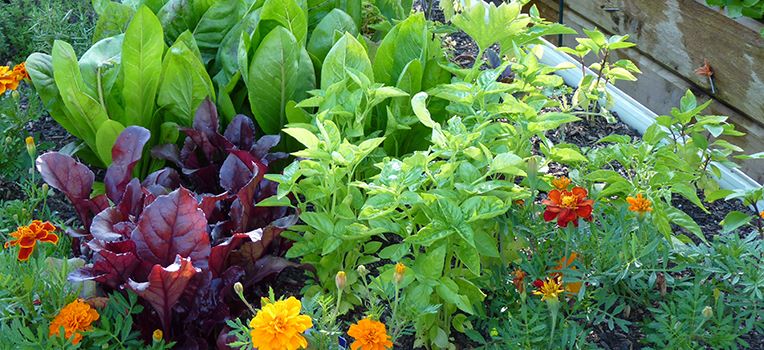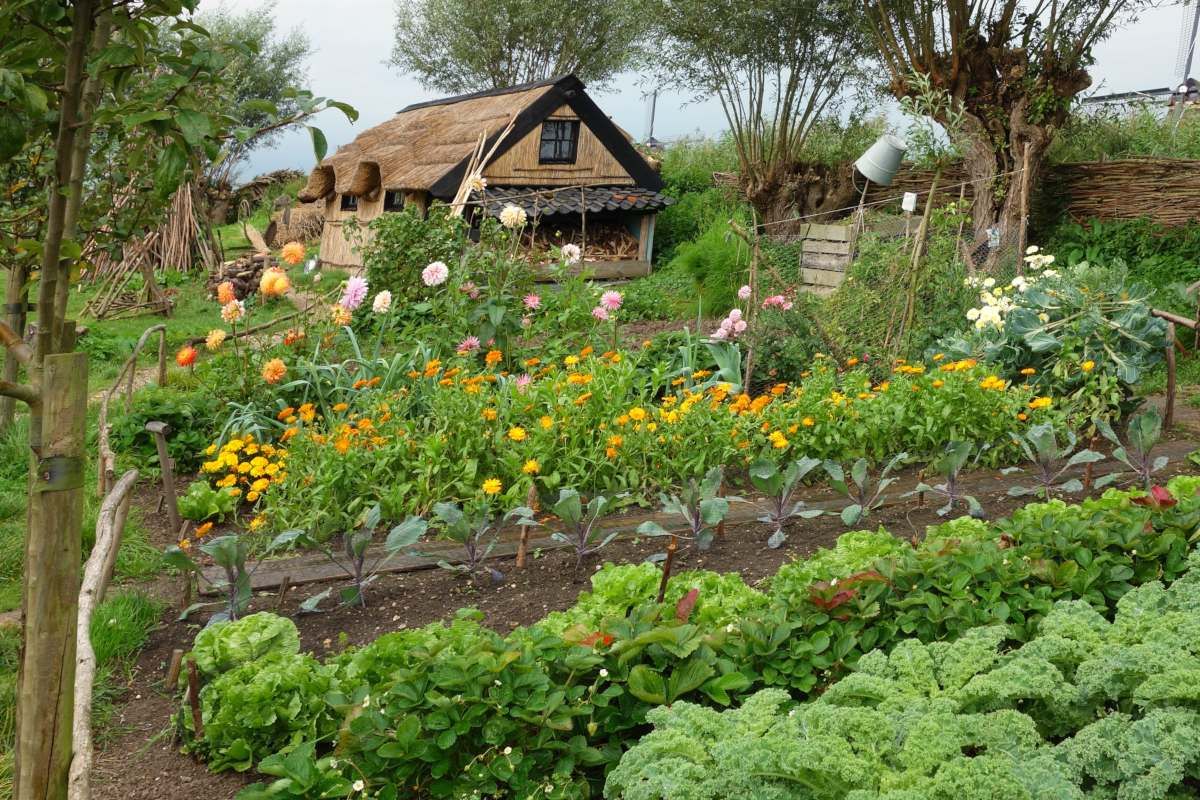CROP ROTATION TECHNIQUES
Two-field system :
Arable land was divided into two fields or groups of fields; one group was planted , while the other was allowed to lie fallow until the next planting season to recover its fertility. After cropping the first group of fields was turned to fallow, with the livestock permitted to graze on the stubble and enrich the soil with their droppings.The two-field system gave way to the more sophisticated three-field system.

Three-field system :
Plowland was divided into three sections: each year one section was sown in the winter, a second was sown to another grain in the spring, and a third was left fallow to restore its fertility. The following year the section that had been sown in the winter was sown in the spring, the section sown in the spring was left fallow, and the previous year's fallow was sown in the winter. Land not sown to grain was kept outside the three-field system.

Four-field system :
By planting four different crops in succession the quality of soil in a field can be markedly improved.Simply better soil means better harvests, and by grouping fields into fours, the crops are grown every year, just in different places. Farmers have long practiced crop rotation, leaving fields to lie fallow one year in every four to recover their fertility. This system works, but it means that a quarter of farmland is doing nothing every year. This reduces profits and food supply. Four-fields rotation adds an extra, useful crop to the series that actually improves the soil, clover or turnips are typical plantings.
